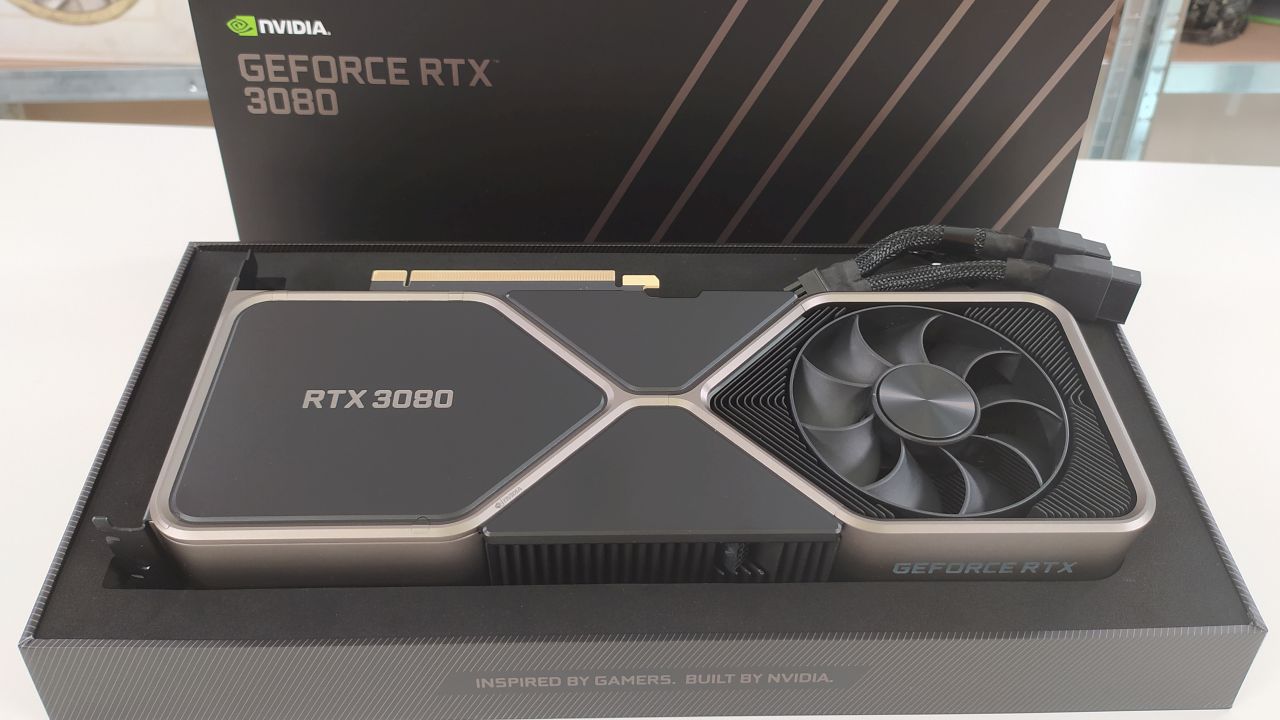New agreement between NVIDIA and Samsung for the production of GPUs
Source: HW Upgrade added 22nd Dec 2020
The two companies will continue to collaborate for the production of the latest generation GPUs, using 8 nanometer technology for now but moving in perspective to more sophisticated approaches in the future
by Paolo Corsini published on 22 December 2020 , at 10: 21 in the Video Cards channel
GeForce NVIDIA Samsung AMD RyZen Radeon
The latest generation AMD Radeon video cards belonging to the 6800, like the models of the previous generation 5000 series, are built using the Taiwanese TSMC 7-nanometer manufacturing technology .
NVIDIA took a different route for their Ampere family GPUs , choosing to work with Samsung using its 8 nanometer production technology . This decision has generated many discussions, especially in light of the very limited availability on the market in volumes adequate to the demand for GeForce RTX cards 3000 based on these GPUs.
In fact, both Samsung’s production capacity in adequate volumes and production yields with 8 nanometer technology have been doubted. NVIDIA, however, does not appear to be of the warning as last 17 December renewed a supply agreement with Samsung , focusing on new GPUs that will always be built with 8 nanometer technology. Samsung will increase GPU output for NVIDIA to better support the strong market demand for this type of product.
The production of semiconductors for third parties is proving to be a very important business activity for the Korean company : for the 2020 turnover in this division is expected to exceed 14 billions of dollars, an increase of just under 18% compared to 2019. For this reason, Samsung is accelerating its investments to further expand and refine its manufacturing capacity towards the adoption of more sophisticated 7 nanometer technology using Extreme Ultra Violet lithography.
Some rumors made it possible for NVIDIA to switch to TSMC for the production of its GPUs, in order to exploit its 7-nanometer technology . This is in fact disproved by this renewed agreement with Samsung but it has very little basis for how chip makers operate. Migrating a design from one production factory to another, especially if this involves a change in the production process, is in fact a very expensive operation both from an economic point of view and from the time required.
In addition to this, TSMC’s current success in manufacturing 7 nanometer chips for third parties has led this company to saturate its production capacity . The availability of the 5-nanometer process for some customers will allow some of the 7-nanometer capacity to be released, but this already appears to have been effectively occupied by current customers. In fact, we must not forget that TSMC builds both GPUs and Ryzen family processors for AMD with 7-nanometer technology, products that are currently all differently struggling with production problems in volumes not such as to satisfy market demand.
